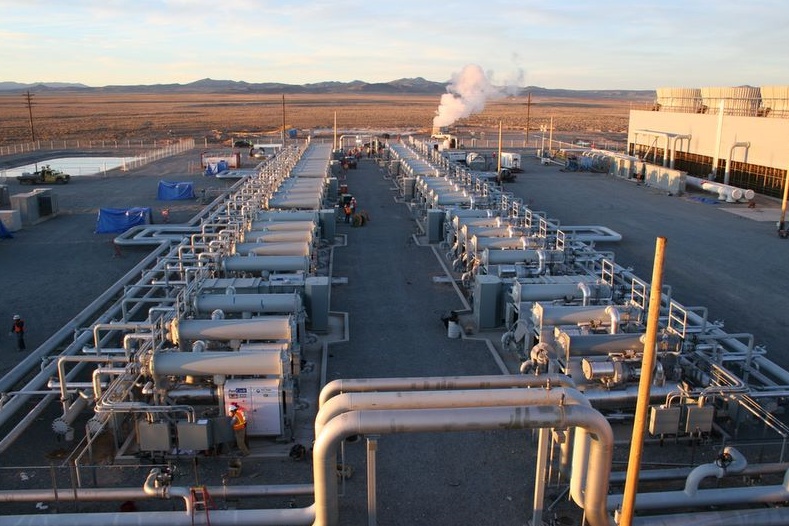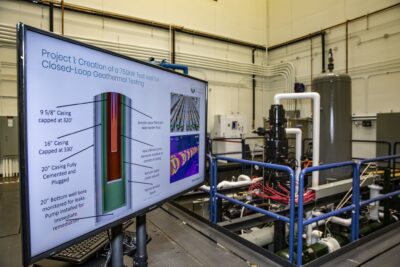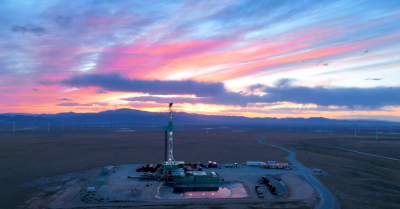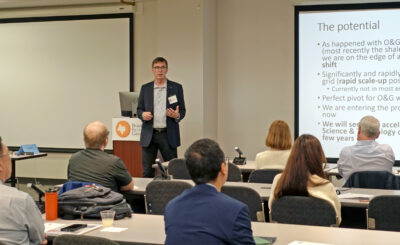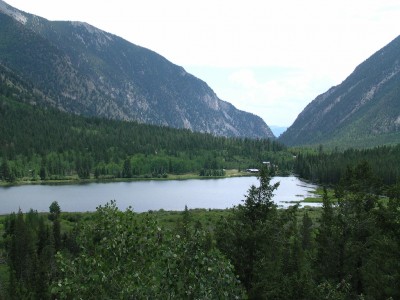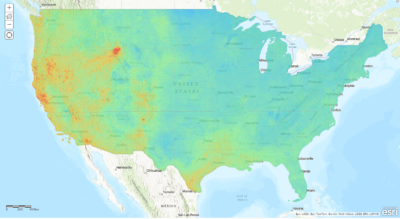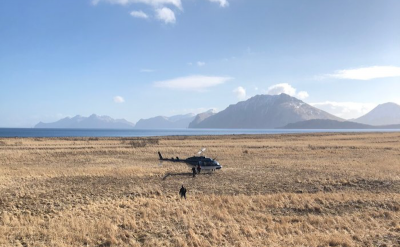Pratt & Whitney: Lessons learned from Raser Technologies Thermo No 1 project
In an answer to legal claims made against the company, Pratt & Whitney Power Systems talks about lessons learned from the revolutionary project of Raser Technologies, Thermo No. 1 in Utah.
That Raser Technologies filed for bankruptcy earlier this year is pretty much common knowledge. At the same time as part of the bankruptcy proceedings, Raser Technologies made claims against Pratt & Whitney alleging that it was defrauded into buying PureCycle power generation units for the construction of a geothermal power plant in southern Utah.
In 2007 when Raser Technologies was trying to raise the necessary financing, its new “revolutionary” approach of developing a resources raised many eyebrows in the industry. At the same time everybody was surprised when the company announced in February 2009 that it is producing geothermal power from its Thermo No. 1 plant in Utah.
But there were problems right from the start as the company hadn’t finished enough wells to fuel the power generation units supplied by Pratt & Whitney, and secondly the resource turned out to be not as sufficient for the capacity installed.
So in a counterclaim today, Pratt & Whitney and its mother company UTC Power are answering those claims.
In an article by Charles Levey, VP at Pratt & Whitney Power Systems, he gives a great overview over the history of the project and the relationship between both companies. But particularly interesting is his view on “lessons learned”, which are quite useful.
He writes, “The first lesson learned from the Raser experience is that it is easy to get caught up in an industry “revolution”, but very difficult to turn back. At the beginning of the relationship between Raser and UTC Power, both companies were very excited about the possibility of Raser building a 10 MW geothermal power plant in a very short period of time. For once, it seemed, geothermal would break though the barrier of the traditional costly and time consuming developmentprocess. Raser touted the Thermo 1 project to lenders, investors, and the press. The momentum was impressive and everyone was watching. However, it was this pressure that continued to push Raser forward even as the challenge of successful well field development mounted and probability of success dwindled.
The second lesson learned is that even “revolutions” require thorough risk assessment and planning. Inherent in Raser’s business model was the assumption of a certain level of risk. Raser understood that it was pressing forward with plant construction at the Thermo 1 site without perfect knowledge of the geothermal resources available at the site. Although the full extent of the geological testing that was performed at the Thermo 1 site is known only to Raser, the ultimate outcome of the Thermo 1 project serves as a reminder to geothermal power developers that until wells are actually completed, projected well characteristics are exactly that: projections. By committing to certain output levels before well characterization, a developer undermines the advantages of even scalable power generation technology such as PureCycle.
A final lesson learned from the Raser experience is that the failure of one “revolutionary” power generation project should not be viewed as a reflection of the entire geothermal power industry. PureCycle technology works. The PureCycle units supplied to Raser satisfied (and even exceeded) all performance requirements, and had well field development been successful, the Thermo 1 plant would likely be producing 10 MW of net power today. Unfortunately, the effectiveness of the PureCycle technology and other technologies supplied at the Thermo 1 can get lost in the noise of the failure of the project as a whole. The failure of one project should not distract us from the fact that geothermal continues to be a viable renewable energy source, with new technologies and resourcesbeing discovered every day, and thousands of megawatts installed and functioning effectively all over the world.”
Source: “Lessons learned from Raser Technologies revolutionary project”, at: energy.aol.com
